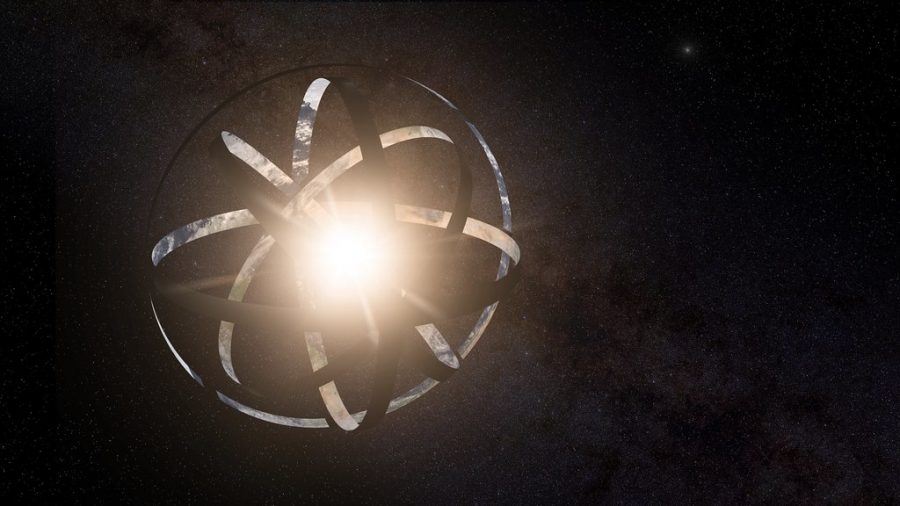All About Dyson Spheres
What a dyson sphere is and how would it help the world.
A dyson sphere is a hypothetical structure that would cover a star, and capture its energy output so it could be used by humans. The idea was first proposed by physicist Freeman Dyson in 1960 as an idea to explore the ways people in the future could collect energy from a star. To build a dyson sphere involves building a shell-like structure around a star which is designed to capture as much energy from the star as possible. The most common design proposed for a dyson sphere, is a series of orbiting solar panels or mirrors placed around a star to collect its energy. The energy would be sent to Earth by collecting it through a satellite. There are multiple types of dyson spheres, such as a normal dyson sphere, a dyson shell which would be a solid shell or energy collectors, and a dyson bubble, a giant hollow sphere that surrounds a star and as well as having room for humans within the bubble. While the idea of a dyson sphere is an interesting concept for scientists and writers to talk and write about, it is important to note that no civilization has been observed to build a dyson sphere. Additionally, building a dyson sphere would require an enormous amount of resources, technology and engineering far beyond the current reach of humanity. However, the concept of a dyson sphere remains a popular topic of discussion in scientific circles, and possible technologies that could build one in the future are currently being investigated.
RELATED STORIES
https://en.wikipedia.org/wiki/Dyson_sphere
https://www.popularmechanics.com/space/deep-space/a11098/dyson-sphere/
https://www.space.com/dyson-sphere.html
https://www.sciencefocus.com/space/dyson-spheres/
TAKE ACTION
https://store.steampowered.com/app/1366540/Dyson_Sphere_Program/











